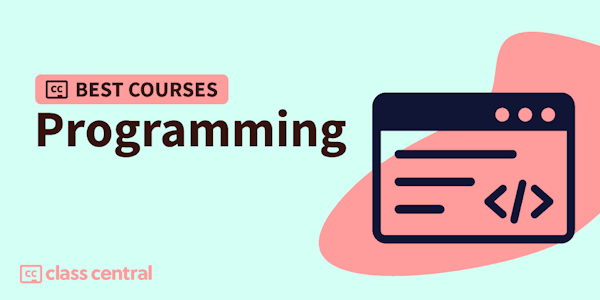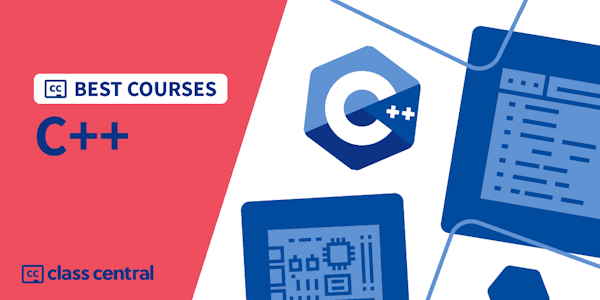The lectures for the Spring 2021 version of Stanford University's course CS193p (Developing Applications for iOS using SwiftUI) were once again delivered to our students in an on-line fashion due to the novel coronavirus outbreak. You can watch them all on Stanford's YouTube channel (links below). This website was set up to give everyone access to the supporting material that was distributed to students during the quarter (homework, demo code, etc.).
The curriculum is substantially similar to the Spring 2020 version, so if you have already watched that version, scrubbing through the 2021 videos might be of some value since there were quite a lot of enhancements made to SwiftUI since 2020.






